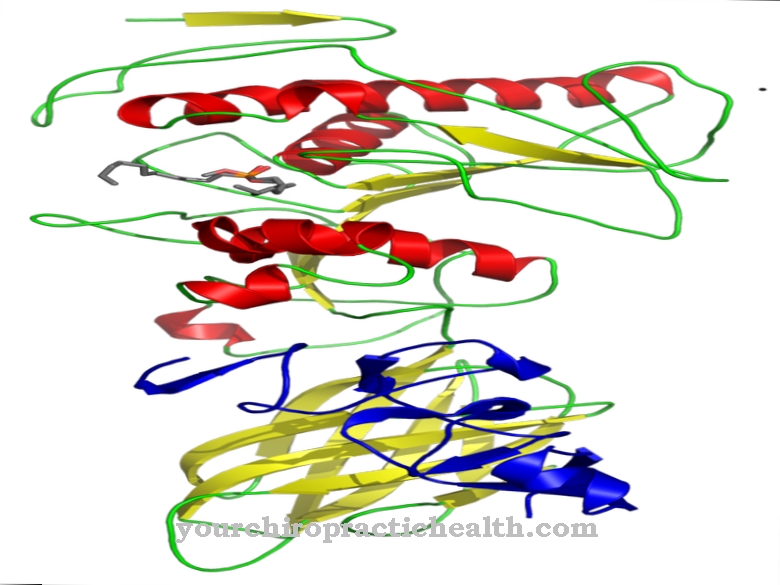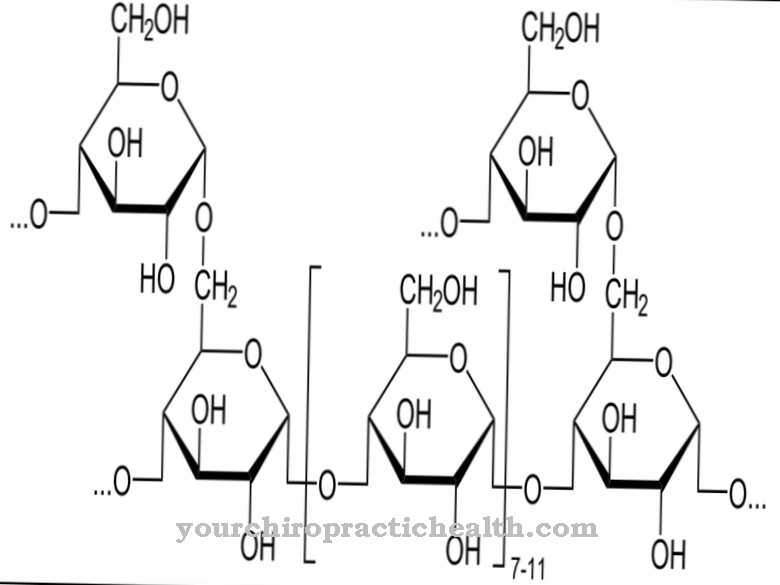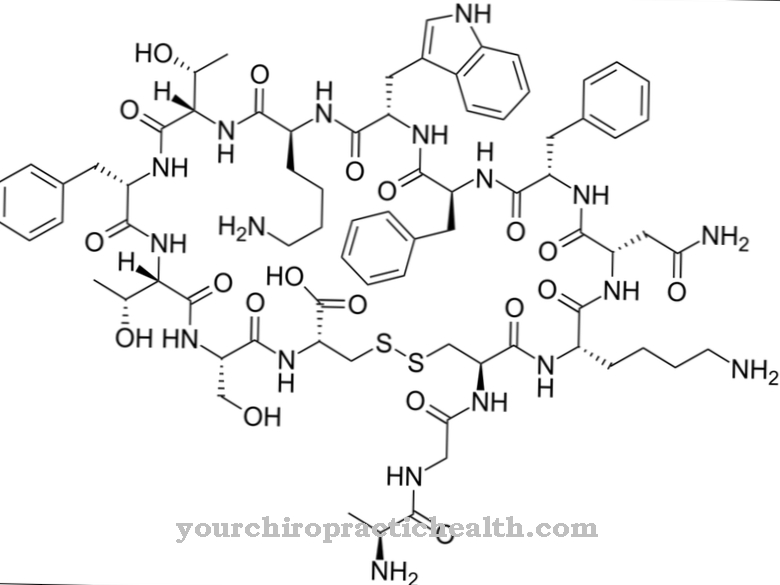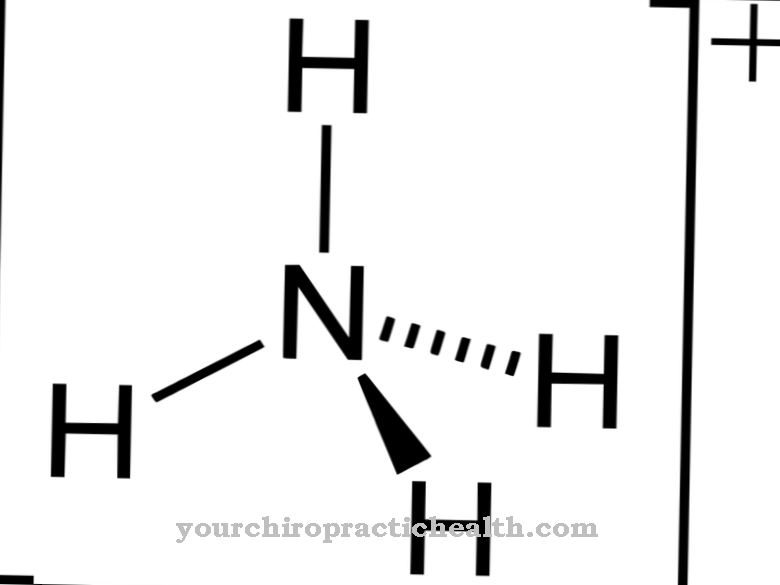Glutamic acid, its salts (glutamates) and glutamine, an amino acid related to glutamic acid, have been the subject of many media reports for a long time. Glutamic acid is a component of all proteins and its salts, which are used as additives in many foods, have the task of improving the taste there.
What is Glutamic Acid?
Glutamic acid, a non-essential amino acid, is one of the components of proteins. In animal proteins, the proportion is up to 20 percent. In vegetable origin up to 40 percent.
Not essential means that the human body is able to produce glutamic acid; it does not need to be supplied through food. The prerequisite is that glutamic acid can form a connection (synthesize) with other amino acids in the liver, kidneys, brain and lungs. Especially with the essential amino acids amine and isoleucine. Mainly, the human body makes glutamic acid in the liver.
Glutamic acid can also be obtained synthetically or by fermentation from bacteria. Glutamate, the salt of glutamic acid, is found in tomatoes, ham, cheese and many other foods. With the help of bacteria, a synthetic production of glutamate is possible.
Function, effect & tasks
Glutamic acid is necessary for detoxification and energy supply in living cells of certain tissues. It is involved in building up the body's own proteins. Our body creates glutamine from glutamic acid and vice versa.
Glutamine helps to transmit signals between nerve cells and has a calming effect on nerve tracts. The result is a high level of concentration and learning, as well as an increase in resilience and stamina. Glutamic acid plays an important role in the growth of the human body as well as in appetite and weight regulation. It also helps to synthesize building blocks of genes.
Body cells that divide or renew frequently have a high requirement for the amino acid, just like the cells of the intestinal walls. The same goes for the white blood cells (leukocytes). Because of this, glutamic acid can strengthen the immune system, which is particularly important in times of stress. The liver is able to convert glutamic acid into glucose. This can help stabilize blood sugar.
The involvement of the amino acid in the formation of glutathione is also important. This is a vital antioxidant that acts as a radical scavenger in the tissue. A lack of glutamic acid can lead to learning difficulties, tiredness and fatigue. Excessive concentrations trigger different symptoms in people who are hypersensitive to the amino acid.
Education, occurrence, properties & optimal values
Glutamic acid is found in almost all proteins. This suggests that all protein foods contain glutamic acid. Glutamic acid is found in various foods under the designation E 620. Their glutamates under the names E 621 to E 625. In Germany, E 621 has advanced to become the most important additive for convenience foods. The reason is the spicy note that the glutamate gives soups, sausage, nibbles and many other items. In this way, food manufacturers save expensive raw materials such as cheese and others.
Glutamic acid, its salts and glutamine are important for many important body functions. However, on the condition of a moderate supply. Because these are amino acids and their offshoots that the human body is able to produce itself. For athletes, a daily glutamine intake of 20 grams is considered harmless. The best way to determine the exact need is through an individual test.
Diseases & Disorders
Large amounts of the free salts of glutamic acid (glutamate) such as sodium glutamate, magnesium glutamate and other forms are harmful. All of these salts are almost identical in their effect, which is why they come under the general name “glutamate”. In addition, an excessive amount of glutamic acid in the human body can lead to an increased risk of disorders and diseases.
As a rule, glutamate is built into the chains of protein building blocks. If a person eats a piece of meat or cheese, it gets into the digestive tract along with other food components. The result is natural elimination. The human body can handle this, but not the large amounts of free glutamate that ready-made meals such as sachet soups and dietary supplements contain. In many cases, this leads to an oversupply of glutamate. The result can be a nervous disease such as Alzheimer's disease, which, according to current scientific knowledge, can be traced back to a disturbed glutamate balance.
Glutamate is also suspected to be the cause of the so-called China restaurant syndrome. With increased intake, hot flashes, nausea and vomiting can occur. Since Chinese foods contain a lot of glutamate, these symptoms fall under the name: China restaurant syndrome. Glutamic acid was used earlier for learning difficulties. Today research knows that too much glutamic acid in the body is capable of damaging nerve cells. Furthermore, many experts attribute an addictive effect to the salt of glutamic acid, as it reaches the blood via the mucous membranes and directly into the brain. That way, it can make you feel like you're not full.
That means it keeps the appetite going. This can lead to hasty food intake combined with weight gain. It can also cause sweats, high blood pressure, palpitations, and stomach upset. Large amounts of glutamate can negatively influence sensory perception and concentration for several hours. In allergy sufferers, a high concentration of the substance leads in many cases to epileptic seizures - in the worst case to death from respiratory paralysis. Too high a level of glutamine in the body can lead to high liver values and cause kidney stones.













.jpg)

.jpg)
.jpg)











.jpg)